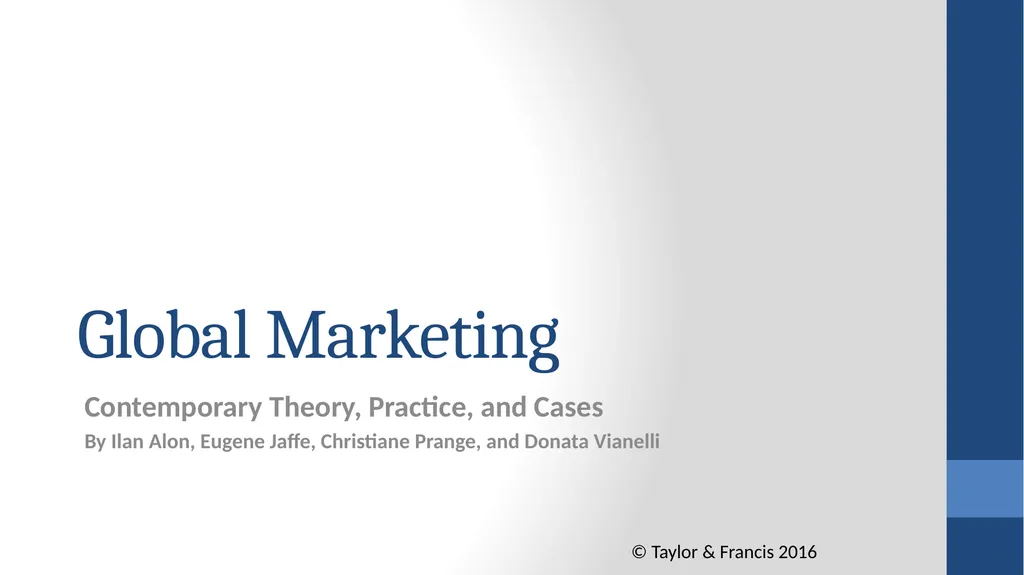
Global Marketing Contemporary Theory, Practice,
Author: lindy-dunigan | Published: 2025-05-28
Description: Global Marketing Contemporary Theory, Practice, and Cases By Ilan Alon, Eugene Jaffe, Christiane Prange, and Donata Vianelli Chapter 16 Defining Ethics and Corporate Social Responsibility in the International Marketplace Learning Objectives
Download Presentation
Download the PPT/PDF: Download
Transcript:
Loading transcript…